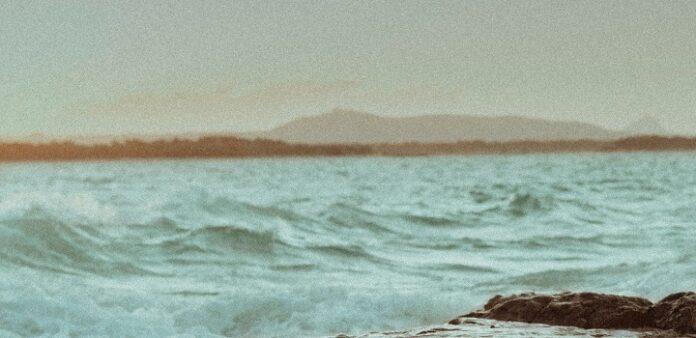Norway, like the rest of Europe, has a well-established reputation for its chic cities and fantastic food, but it may not be the first place that springs to mind if you like to get up close and personal with nature. But you don’t have to go to remote corners of the globe to see marine life at its best. There are 48,000 species living in Europe’s diverse and abundant seas, and Norway has plenty of wildlife watching opportunities and dramatic scenery. But where should you go and what can you see?
What can I expect to see?
With its rugged landscape, Norway offers some of the most spectacular marine wildlife if you want to get up close to a whole range of animals, and some of the largest ones on the planet. During the summer months, the North Atlantic waters are literally teeming with whales, so it’s one of the best destinations for whale-watching. One of the best places to set out on a cruise is from Andenes, on the Vesterålen islands. You can expect to see everything from seals, pilot whales through to the utterly majestic humpback and sperm whales. There’s plenty here too for ornithologists – Norway’s long coast is home to millions of seabirds, including puffins and auksand kittiwakes. For something equally spectacular but unique, is a visit to the Finnmark coast near the Russian border. Home to giant red king crabs weighing up to 15kg, a crab-hunting boat trip is an unforgettable wildlife (and gastronomic) experience. If you head to the Svalbard archipelago, you’re likely to see walrus, and the symbol of the planet’s environmental changes – the polar bear. There are over 3,000 bears inhabiting the islands and are best seen on a boat trip through the fjords.
What should I take with me?
If you’re going on a marine animal spotting trip, then you’ll want to ensure you’ve got the right kit with you to watch the moment closeup and capture it. Wildlife watching at sea is fast moving, and you’re not always going to be able to get that close. Taking a good pair of binoculars is a good idea, in case your tour operator doesn’t offer them. While smartphones have excellent cameras these days, consider taking an additional digital camera (in a waterproof case) to capture every action shot. As you’re likely to be at sea for the best part of a day, make sure you have enough sun-screen, clothes and a sun hat to protect you for the whole day.
Aside from the fantastic wildlife watching opportunities, Norway has plenty of other sights to offer, including waterfalls, fjords and majestic sunsets. And once you’ve had your fill of being out on the sea, there are many charming locations such as Bergen, where you can relax, have dinner, and compare your wildlife shots.

